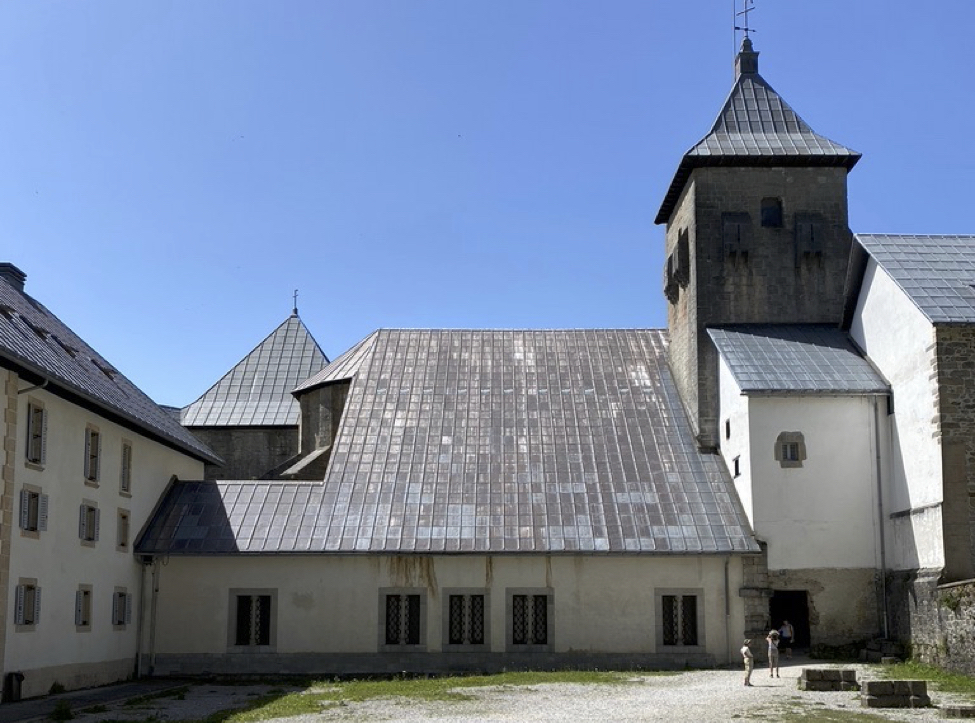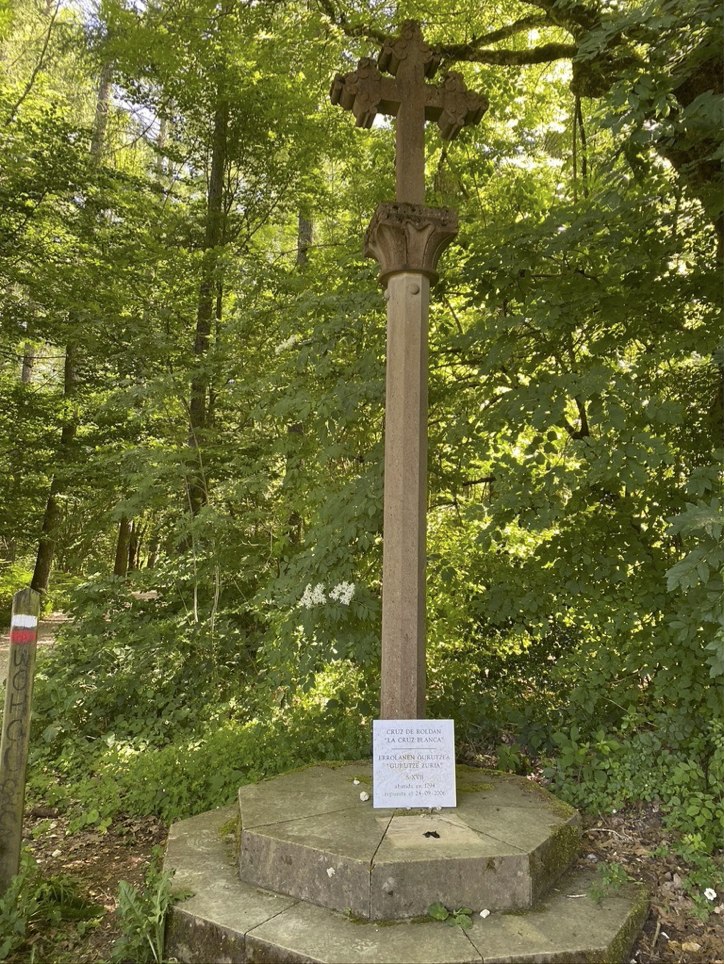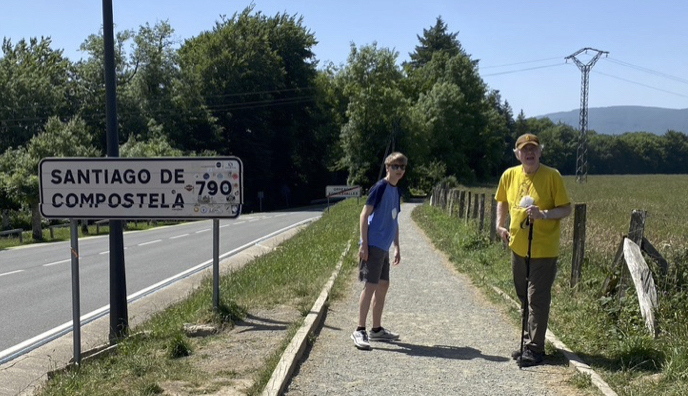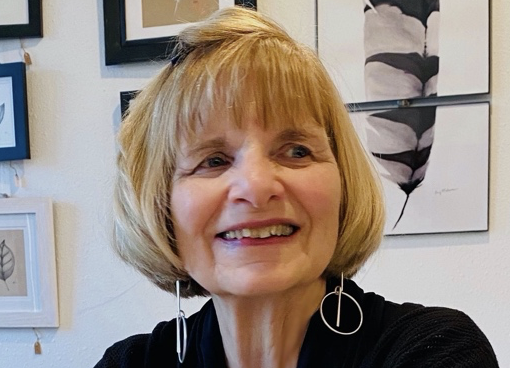Iberian Journal: Making our way to Santiago like pilgrims have done for centuries

(Part 2 of 4)
Our first morning on El Camino de Santiago (the Way of St. James), we hiked to Roncesvalles, one of the most renowned villages in Basque Spain.
I felt deeply connected to the past as we trekked along the path where Charlemagne’s army suffered its only defeat in the late eighth century. The army was returning to France via the pass after levelling Basque villages, flattening the walls of the Basque capital of Pamploma, killing residents and wreaking havoc along the way.
Fed-up Basque farmers and shepherds retaliated on Aug. 15, 778, informally banding together to attack Charlemagne’s rear guard as it marched through the narrow and forested mountain pass near Roncesvalles.
The Basques killed all 3,000 soldiers in the rear guard, then simply returned to their homes before Charlemagne could retaliate. Among those killed was the legendary Roland, whose death was commemorated in one of the oldest surviving works in French literature, “Le Chanson de Roland” (“The Song of Roland”), written in the eleventh century.

Shortly after passing the site of Roland’s demise, we arrived in Roncesvalles. We stopped to offer a prayer in the ancient church where Masses for the pilgrims are celebrated each night, to see the enwalled cemetery where important archeological work is taking place, and to grasp that monks have been offering hospitality — beds, meals and hospital care — to pilgrims who arrive for more than a thousand years.

Tracing Our Way Through Spain
Following the French Way through Northern Spain, we learned that by the 12th and 13th centuries, roughly 250,000 pilgrims were completing various Caminos each year. Although interest waned during centuries of the Black Death, the Reformation and seemingly endless wars, small numbers of pilgrims kept the tradition alive.
There has been a notable resurgence of pilgrims in the past 30 years. Consider that in 1985, only 1,245 pilgrims finished the Camino and received official certificates. With some promotional efforts, when the Cathedral at Santiago de Compostela was named a UNESCO World Heritage Site, the number swelled to more than 100,000 in 1993. Boosted by Martin Sheen’s blockbuster 2010 movie “The Way,” more than 300,000 pilgrims are officially completing the Camino each year.

Blessed in Santiago
Our small group arrived in Santiago in time to celebrate Corpus Christi Mass in the recently renovated Cathedral. As Mass concluded, we were blessed with the “botafumeria,” an enormous 176-pound incense thurible. Mounted by pulleys suspended from the ceiling near the main altar, the silver botafumeria is filled with charcoal and incense. Operated by six strong (and trained) acolytes, it is brought to swing at a 65-meter arched trajectory over the entire expanse of the Cathedral and the congregation seated below.
Some of us walked later through the “Porto Santo” (also called “The Door of Forgiveness”). Since the 16th century, this door leading to the tomb of St. James (and also the tombs of St. Athanasius and St. Theodore) under the main altar has been opened only during “Holy Years,” when the July 25 Feast Day of St. James falls on a Sunday. Many Catholics believe those who walk through the Porto Santo, pray at the tomb of St. James and participate in the Sacrament of Reconciliation during a Holy Year will receive special graces.
As we left, we couldn’t help noticing those pilgrims who have truly walked the distance and have arrived in the massive medieval square in front of the Cathedral. Some took selfies. Some were seated on the ground, leaning on their backpacks and gazing at the Cathedral. A few danced or clowned around with their travel companions.
It was drizzling as we passed them for the last time to make our way down the slippery cobblestone road to our hotel. Even though we’ve fallen short of walking the 100-kilometer distance that qualifies us to receive the Compostela or a Certificate of Welcome, it has been a meaningful journey.
It has been a Buen Camino.

Martha Brune Rapp is a writer and spiritual director who is considering returning to Spain to officially complete the Camino. Her friend, Susan Asher, completed her Compostela by walking a little more than the required 100 kilometers in 2019. She has offered to serve as Martha’s trainer.
Miss Clipping Out Stories to Save for Later?
Click the Purchase Story button below to order a print of this story. We will print it for you on matte photo paper to keep forever.

